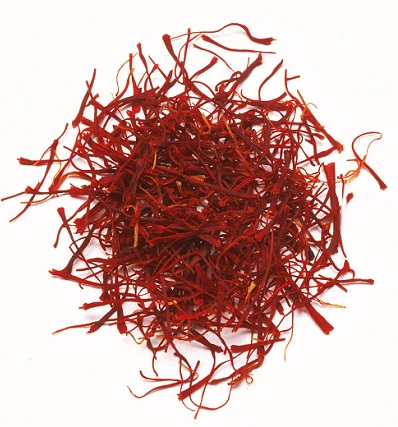Using AI to control energy for indoor agriculture
30 September 2024
Published online 26 August 2014

Saffron’s colour and taste arise from compounds derived from carotenoids, including crocins, crocetins and safranal.
The research team, which included the group of Salim Al-Babili of King Abdullah University of Science and Technology (KAUST) in Saudi Arabia, sequenced the transcriptome of saffron stigmas and looked for transcripts that were abundant during the stages when crocetin and crocin accumulate, publishing their findings in PNAS1.
By comparing these transcripts with known gene sequences, they identified a new gene, CCD2, which encodes a member of an enzyme family that cleaves carotenoids.
The researchers tested the activity of the CCD2 enzyme in bacteria engineered to accumulate carotenoids and in vitro and showed that it catalyses the carotenoid cleavage steps in crocin and safranal biosynthesis.
By expressing CCD2 in maize kernels, the team also showed that it can catalyse the initial steps of crocin biosynthesis in other plants. “Our results open up the possibility of biotechnological production of saffron's ingredients in other plants,” says Al-Babili.
This would be a significant boon, since it takes around 40 hours to harvest enough saffron flowers to produce one kilogram of the spice.
The next step is to identify the enzymes responsible for the remainder of the biosynthesis reaction. To do that, the team are chasing down several likely candidates found in their transcriptome data.
doi:10.1038/nmiddleeast.2014.205
Stay connected: